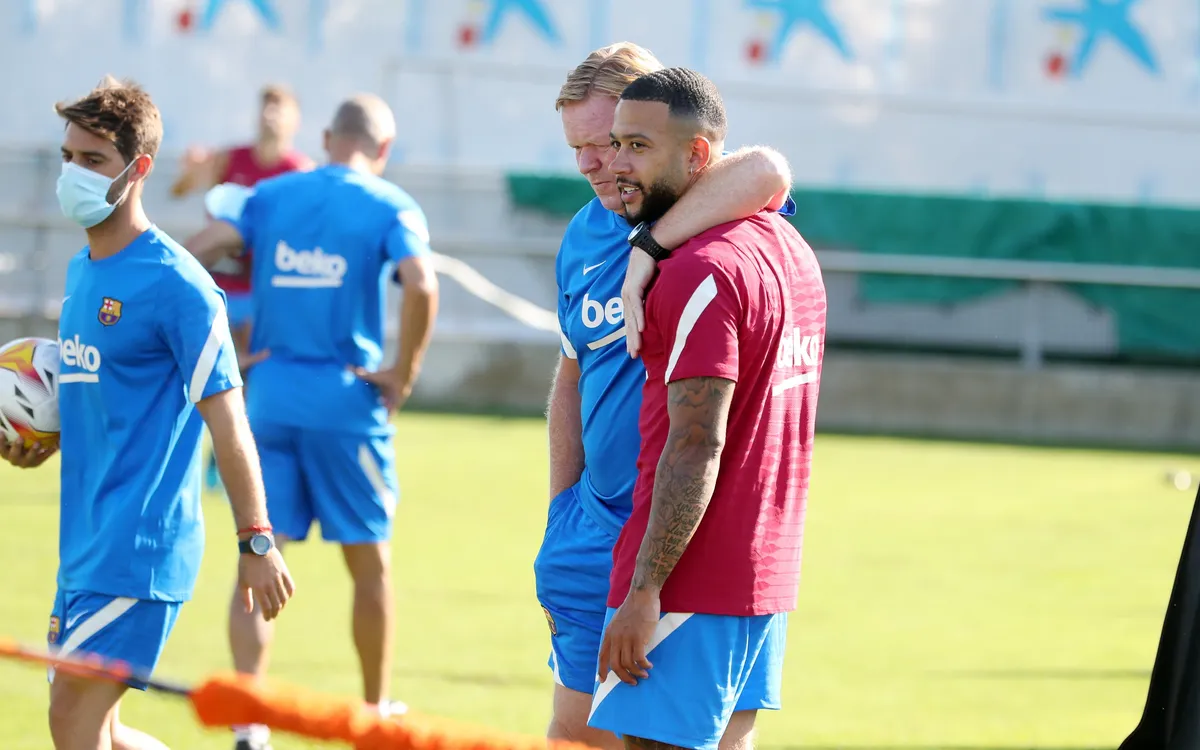
Ronald Koeman with Memphis Depay / FC BARCELONA

Memphis Depay recently became the 21st Dutch player to sign for FC Barcelona. He was one of the many Dutch players linked to Barça during Koeman’s spell as the head coach, to the frustration of some fans. Has it always been this way, or is this typically Koeman?
The history of Dutch players with Blaugrana DNA
Rinus Michels, who later won the 1988 Euro’s with the Netherlands, was appointed as Barça manager in 1971, making him the first Dutch coach at FC Barcelona. He was at the club for a total of almost eight years. Michels signed two Dutch players who were part of one of the best national teams there has ever been: Johan Neeskens in 1974 and Johan Cruijff in 1973, which made him the first-ever Dutch Barça player. Especially Cruijff was a huge success and both players stayed until the end of the decade.
Cruijff would return to the club as a manager between 1988 and 1996. During this time, he signed three Dutchmen, including his son Jordi Cruijff and Ronald Koeman, who was an important part of the Dream Team and scored the winning goal to give Barça its first ‘Champions League’ title.
After Cruijff left, Louis van Gaal was appointed twice, managing the team between 1997-2000 and 2002-2003. Van Gaal signed a total of nine players from the Netherlands, amongst them Patrick Kluivert, Philip Cocu and the brothers De Boer.
Van Gaal was replaced by Frank Rijkaard, who was at the club between 2003 and 2008 and famously gave Leo Messi his debut. He signed three more Dutchies: Edgar Davids, Giovanni van Bronckhorst and Mark van Bommel.
Later, Barça would sign Ibrahim Afellay (who assisted Messi in the 0-2 win over Real Madrid in the Champions League semi-final), Jasper Cillessen (who did well as a second goalkeeper) and Lieke Martens, one of the best female players in the world.
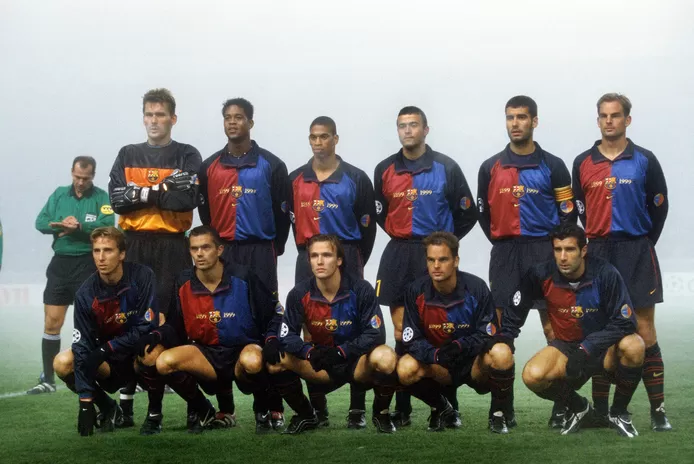
Koeman’s career before he was appointed at Barça
Before becoming the FC Barcelona manager, Ronald Koeman was in charge of multiple other clubs. Besides coaching SL Benfica in Portugal and five of the biggest teams in the Netherlands (including AFC Ajax), he tried his luck at Valencia in the 2007-2008 season. During his time at the Mestalla, he signed Hedwiges Maduro, a Dutch defensive midfielder who joined from Ajax. As Koeman came in later during the season to replace Quique Sánchez Flores, who was fired, he only had the winter transfer window to make signings. Later that season, Koeman himself was fired too after a bad run in La Liga, although he did win the Copa del Rey that season.
After returning to the Eredivisie, Koeman continued his career in England, where he was appointed at Southampton. The Saints made six permanent signings and three loan deals during the first summer transfer window. Even though none of those nine players were Dutch, two of them were bought from Eredivisie clubs (Dušan Tadić from FC Twente and Graziano Pellè from Feyenoord). Toby Alderweireld was loaned from Atlético Madrid, but had a past at Ajax. Overall, it was a very successful window for Southampton, who also signed Sadio Mané.
During the winter transfer window, Koeman brought in three more players, amongst them the Dutch Eljero Elia. All these transfers turned out very successfully, as the club finished in seventh place in the Premier League.
Southampton brought in nine more players in the next summer, including Cuco Martina from FC Twente, Jordy Clasie from Feyenoord, Virgil van Dijk from Celtic and Maarten Stekelenburg from Fulham. No Dutch players were signed in January. Southampton would finish in sixth place during Koeman’s second year at the club. Overall, almost all of his signings did very well and either stayed at the club for a long time or made big-money moves to bigger teams.
After a very successful spell at Southampton, Koeman was appointed as Everton’s new manager. Once again, he made some signings that would go on to perform very well for the club, like Idrissa Gueye (now at PSG), Morgan Schneiderlin (who earned a move to Manchester United), and Dominic Calvert-Lewin, who went to the Euro’s with England this year. The Toffees, led by top goalscorer Romelu Lukaku, had a great season and finished in seventh place. Everton only brought in one Dutch player: goalkeeper Maarten Stekelenburg, who Koeman previously signed for Southampton.
The next summer, Everton brought in Davy Klaassen from Ajax, Nathangelo Markelo from Dutch second division side FC Volendam and Cuco Martina, who was a free transfer after being previously part of Koeman’s Everton side. The Evertonians also signed players like Wayne Rooney, Theo Walcott, Jordan Pickford and Michael Keane, but it wasn’t enough to fill in the gap that Lukaku left behind as he went to Manchester United. Koeman was sacked after only two months after a disappointing start to the season.
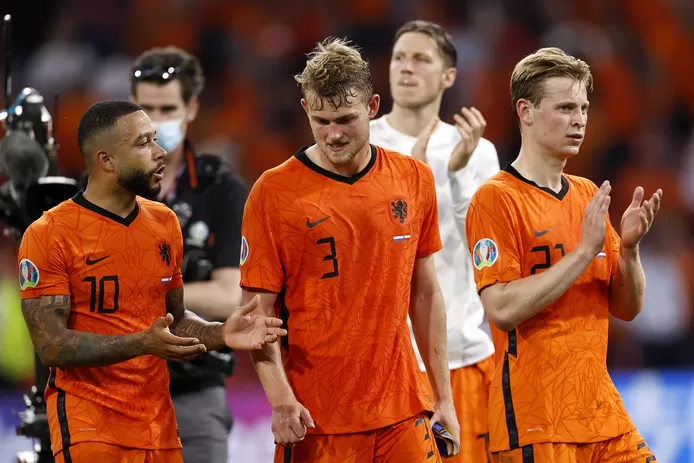
Koeman’s time as manager of Barça and the Dutch national team
Following his time in England, Koeman was announced as the new coach of the national team of the Netherlands, which failed to qualify for the last three international tournaments. He started the comeback of Dutch football, winning a Nations League group with the two previous World Cup winners (France and Germany) and finishing second in the Nations League final four tournament. Koeman brought structure, a good spirit, exciting young players and good results, also qualifying for Euro 2020.
His good results with the Netherlands made him stand out to FC Barcelona, the club he has always loved and wanted to coach. Barça managed to sign him because he had a clause in his contract, which said that he wouldn’t leave, except for if his dream club would come knocking for him.
Due to financial issues, the FC Barcelona board, back then still run by Josep Bartomeu, wasn’t able to give Koeman many of the transfers he asked for. Most signings were already finalised before he was in charge (Pedri, Trincão, Pjanić). However, he did bring in Sergiño Dest from Ajax, who was born in the Netherlands but chose to represent the United States.
Frenkie de Jong is someone that Koeman would’ve liked to sign if he wasn’t already at Barça without a doubt, as the Dutch star was one of his most important players in the national team. Frenkie had his breakthrough on international level under Koeman and gained his confidence and trust instantly. The two have always had a very good relationship, which is currently showing at Barça with Frenkie being chosen as player of the season.
A player that was linked with Barça the second Koeman took over, is Memphis Depay. Because of the financial troubles, he wasn’t signed during Koeman’s first season, but he was recently announced as a new Blaugrana player after becoming a free agent. Memphis was a big rising star, but didn’t live up to the expectations at Manchester United. He continued his career at Olympique Lyon in France, where he became one of Ligue 1’s best players instantly. Simultaneously with his rise at club level, he became a very important part of the Dutch national team, having almost as many goal contributions as games under Koeman.
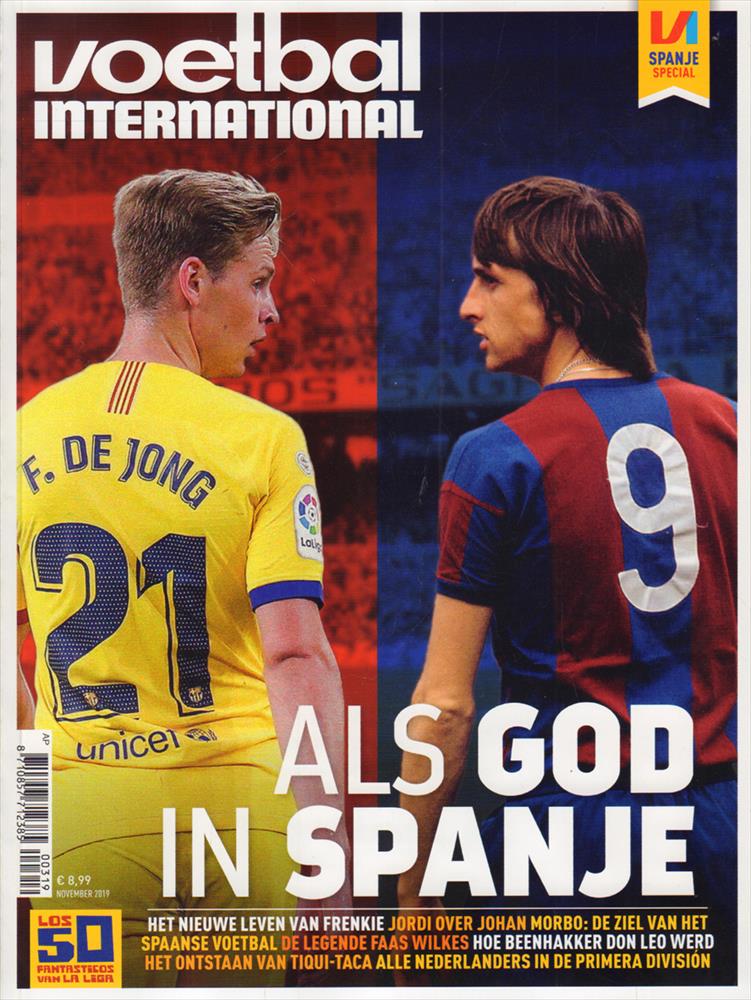
In conclusion, bringing Dutch players to FC Barcelona isn’t something that only Koeman wants to do, it is a big part of the club’s history. Especially during times where the head coach was also Dutch, many players from the Netherlands were signed, and most of them have done well. However, Koeman definitely has shown at his previous clubs that he has a tendency to sign players that he already knows from his past, whether they are Dutch or play in the Eredivisie. This transfer tactic worked out very well at Southampton in particular, and so far seems to be working at Barça. We can certainly expect to see more orange coloured transfer rumours, some of them may not work out, like Georginio Wijnaldum (who ended up going to PSG), and some may happen in the future, like Matthijs de Ligt or Ryan Gravenberch.

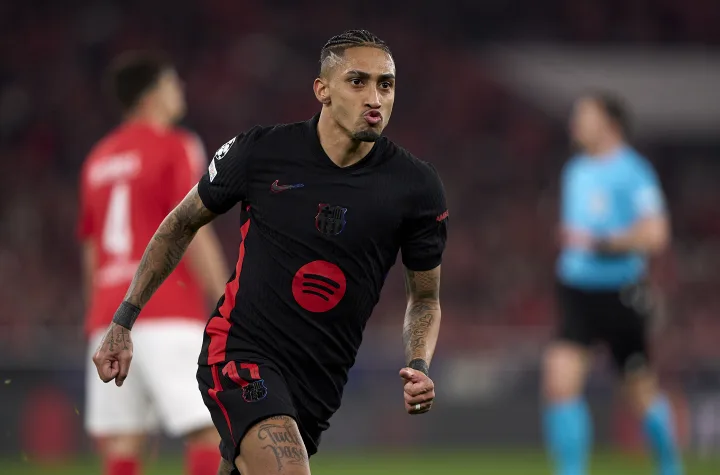
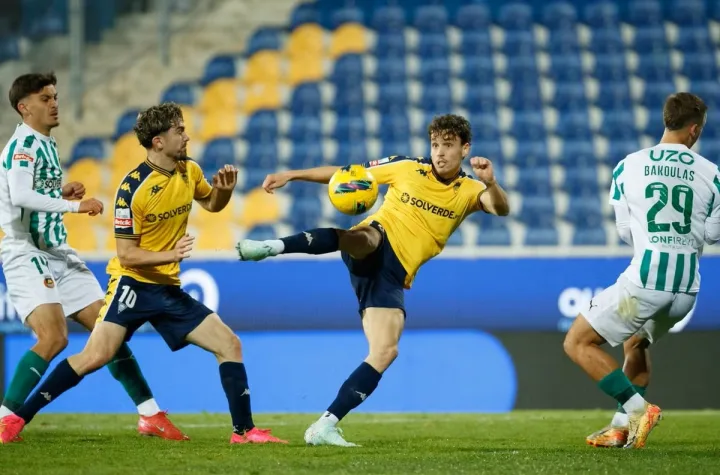
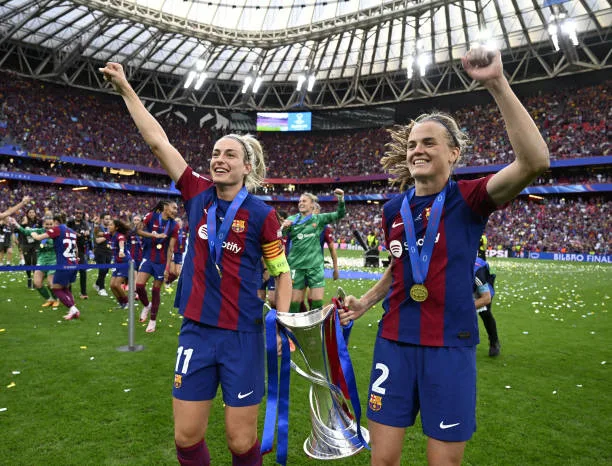

More articles
“I never imagined that Raphinha could reach Barcelona”
Jandro Orellana: “I hope Barcelona wins La Liga”
All Roads Lead To Lisbon